About the client:
A leading financial services provider specializing in wealth management, lending, and digital banking solutions. Their legacy VB6-based core application was limiting business agility, increasing maintenance overhead, and making integrations with modern financial platforms challenging.
To ensure long-term scalability and efficiency, they initiated a modernization effort to migrate their VB6 application to a future-ready .NET-based architecture.
Challenge
The client’s core financial system was built on VB6, presenting multiple challenges:
- The application spanned hundreds of VB6 modules, COM components, and legacy APIs, making refactoring and maintenance costly.
- Inefficient memory management, UI lag due to outdated ActiveX controls, and reliance on old database connectors led to slow processing times.
- The monolithic VB6 architecture lacked modularity, limiting the ability to introduce new features or scale services efficiently.
- The outdated system posed security vulnerabilities and compliance challenges in an industry governed by strict regulatory standards.
- The lack of native API support hindered seamless integrations with modern financial tools and cloud-based services.
Solution
Legacyleap implemented an AI-assisted, automation-driven modernization strategy to transform the VB6-based application into a robust .NET ecosystem.
Key solution components:
- Automated Code Refactoring: Leveraging Gen AI, we analyzed and refactored legacy VB6 code, replacing outdated ActiveX and COM dependencies with optimized .NET components while ensuring functional parity.
- Enterprise-Wide Standardization: Developed and implemented three standardized frameworks:
- DesktopCAFE for desktop applications
- WebCAFE for web applications
- BEEF for batch processing
- Gen AI-Assisted Code Transformation: Leveraged Gen AI to automate the translation of VB6 code to maintainable C#, ensuring scalable architectural improvements where needed.
- SOA-Based Middle Tier: Developed a reusable middleware layer in C# to standardize API-based communication and integrate seamlessly with the client’s CRM and financial platforms.
- Incremental Framework Transition: Introduced an adapter architecture, enabling legacy modules to function within the new frameworks without major rewrites.
- Adaptive Testing Strategy: Transitioned from manual, change-based testing to an AI-supported automated testing framework, embedding quality assurance early in the development cycle.
Results:

40% Faster Development Cycles
AI-driven automation accelerated the transition, reducing modernization time while maintaining code integrity.

Improved Maintainability & Security
Eliminated VB6-specific technical debt, strengthening security and easing future enhancements.

Optimized System Performance
Re-architected for efficiency, reducing execution latency and improving overall system responsiveness.

Seamless Third-Party Integrations
API-driven design enabled effortless connectivity with modern financial platforms and cloud-native services.